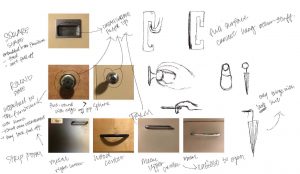In-Class Exercise
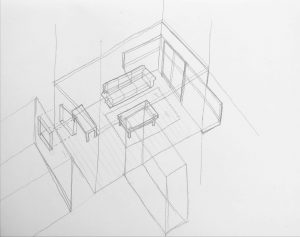
Assignment 2
1 & 2. Cube drawings

3. Cone drawings

4. Drawing at home object
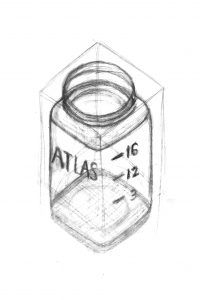
5 & 6. Timed drawings



In-Class Exercise

Assignment 2
1 & 2. Cube drawings

3. Cone drawings

4. Drawing at home object

5 & 6. Timed drawings



Course Summary Sketch

Assignment 11: Over the weekend I visited VanDusen Botanical Garden and documented the different flower typologies. I then created a collage sketch organizing the flowers by size.


In-Class Assignment:

The progression of the class (its a person walking in plan, I swear)
 Reviewing the brick facades of buildings on UBC campus. Both in alignment, colouring, surface finishing, and human scale.
Reviewing the brick facades of buildings on UBC campus. Both in alignment, colouring, surface finishing, and human scale.

Looking into the typologies of brick types for use in facades
Assignment 11

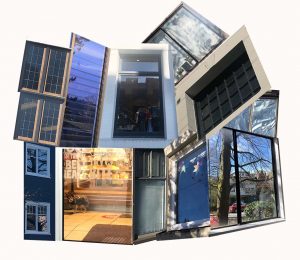

Looking at window typologies of buildings in Kitsilano and at the UBC campus. Studying their form, structure, colour and reflectivity through sketching and collage.
Windows tend to frame subject matter at different times of day and create moments of pause.
Summary Collage

This summary collage of the course expresses the learning of using drawing as a mode of communication to map sensory spatial experiences. Drawing gives one the freedom to manipulate scale and draw what can’t be seen; as journeys and experiences are interpreted and expressed uniquely from person to person.
In-Class Exercise (Granville Island field trip)
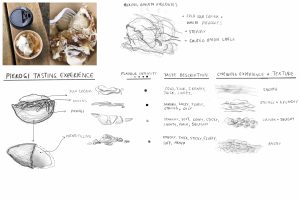
Deconstructing the pierogi eating experience.
Assignment 10

Reusable ice coffee cup design which slows down caffeine intake.
Granville Island Visit
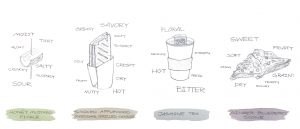
Taste Rave: using a spider plot chart to map the taste, aroma, and texture profiles of the food that I ate throughout a day.


Drinking Object: Hot Chocolate Cup
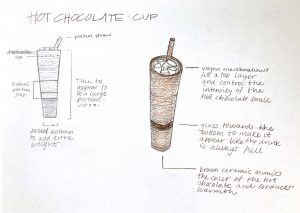
In-Class Exercise (Stanley Park field trip)
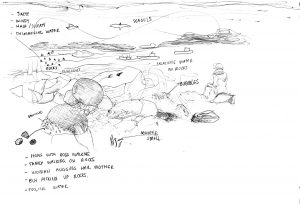
This drawing is an experiential analysis of visiting the shoreline in Stanley Park. This area of the park had a strong ocean salt smell. I had begun to depict more specific smells of this area by noticing micro habitat such as seaweed and mussels. These had stronger salty fishier smells to them.
Assignment 9
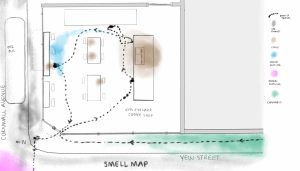
I recorded smells I observed on my visit to the coffee shop at the southeast corner of Cornwall and Yew in Kitsilano. I mapped 5 powerful smells that were big parts of my journey and experience. I often go to this coffee shop and experience the familiar smell of walking by the cannabis shop, and of course the smell of coffee when entering the coffee shop. However a person with heavy coconut smelling perfume sat beside me and their scent would fill the air around me every time they moved or repositioned themselves. This was a very strong smell that overpowered the coffee smell at that area of the shop. Smells that I had realized I didn’t notice before were the smells of the exhaust of the heavy car traffic and the 002 Downtown bus that makes frequent stops in front of the shop. Mapping these scents in plan view was significant in how I recalled how I felt when positioning myself in different areas where each scent was present. This analysis also conveyed to me how a static urban spaces can still hold dynamic experiences.
Analyzing bike lanes and their infrastructure in my neighbourhood using four criteria:




Consolidating my findings into one design

Section
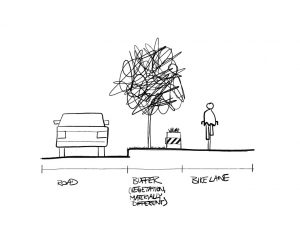
Class summary

Street tree photo series. Grouped by challenges with how street tree plantings have been designed.

Grouped by design opportunities: signs of care about street trees

Birth and death of street trees

Redesign/ideation: creating space for trees

Redesign/ideation: a process for street tree life cycles alongside humans
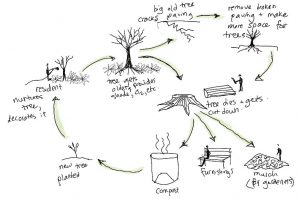
Further iterations and refinements could be made by categorizing street trees by street type (commercial, residential, arterial, highway etc.) to compare which types of challenges and opportunities are present on different types of streets. Looking at the attributes of the trees associated with cracked pavement could also be explored (species, rooting depth, age, mature size).
Summary of what I learned in the course: Sense-walking and the cube method give you a framework for making sense of the world around you. Sense-walking also helps to develop empathy as a designer, and to further understand the experiences of people with diverse sensory abilities. Sketching + engaging the senses together engage both analytical and intuitive thinking.

In-class exercise
The takeaway from the course. We started with macro-analysis of the environment exploring the relationship among sites. With cube analysis, we studied spatial circulation within the site as well as with the surroundings. As the course developed, we dig into a deeper and more detailed sense, focusing on specific objects, to learn what sensory experiences they brought to us.

creepy (? version

Drawer knob exploration
